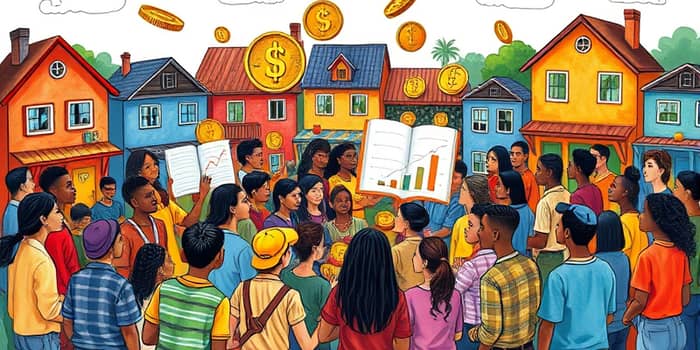
Financial literacy is more than just numbers; it is the key to unlocking economic opportunity and resilience. Across the United States, millions face daily financial struggles due to lack of knowledge and access.
By understanding the obstacles and leveraging proven strategies, we can empower neighborhoods, schools, and workplaces to drive collective change and build a foundation for lasting prosperity.
Only 27% of 25,500 U.S. adults surveyed in 2024 correctly answered five of seven basic financial questions. This persistent gap contributes to unplanned debt, missed savings, and uncertainty about retirement.
Over eight years, national financial literacy has stagnated at around 50%, with a 2% decline in the past two years. Disparities deepen when we break down the data:
Poor financial understanding leads to high-cost credit behaviors like payday loans, cash advances, and frequent late fees. In 2023, U.S. households paid billions in unnecessary fees due to missed payments and overdrafts.
Furthermore, 37% of adults admit they are “just getting by,” while 60% doubt their retirement savings are on track. These trends threaten individual security and hamper broader economic growth.
Several programs demonstrate measurable success in closing the literacy gap. These initiatives combine education with practical tools:
States without mandatory financial education, such as six states plus Washington D.C., report worse economic outcomes. Texas, for instance, ranks near the bottom in literacy and carries the highest credit card debt nationally, with an average student debt of $33,400.
To overcome these challenges, programs must be culturally relevant, accessible, and tailored to local needs. Research shows that a one-size-fits-all approach fails to address unique community contexts.
Nearly 90% of Americans support mandatory financial education in high schools. States that require personal finance courses see improved savings rates and reduced debt among residents.
Advocacy efforts should focus on securing funding, training educators, and ensuring consistency in curriculum standards. Collaboration between government, nonprofits, and financial institutions can amplify impact and reach underserved populations.
Change begins at the grassroots level. By taking collective action, communities can build a culture of fiscal responsibility and growth:
Empowering communities through financial literacy is both a moral imperative and an economic necessity. When individuals gain the skills to budget, save, and invest wisely, the benefits ripple outward—strengthening local economies and fostering social cohesion.
By combining evidence-based programs, strong public policy, and grassroot initiatives, we can close the financial literacy gap and ensure that every member of our society has the tools to thrive.
Let us commit today to invest in knowledge, share best practices, and champion financial education for all. Together, we can transform uncertainty into opportunity and pave the way for sustainable prosperity.
References





